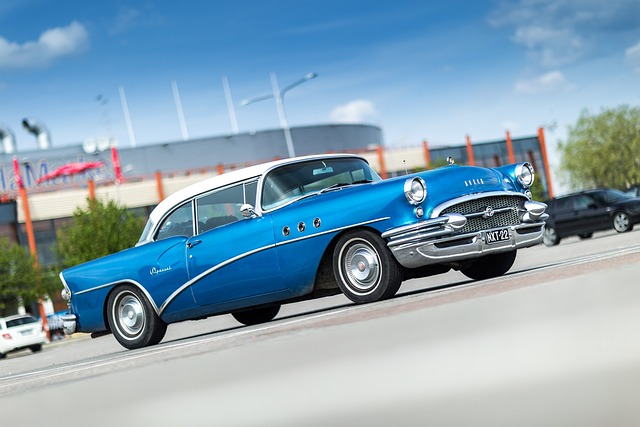This text compares enclosed and open car transport methods, highlighting benefits and challenges. Enclosed transport offers superior protection for valuable or classic cars but is more expensive. Open transport is a cost-effective yet riskier option exposed to weather. Best Practices emphasize choosing reliable carriers, proper loading/unloading, maintenance, and documentation for both methods to ensure safe vehicle delivery.
When shipping a car, whether across countries or states, you have two primary options: enclosed or open transport. This decision significantly impacts your vehicle’s safety and overall shipping experience. Understanding the nuances between these methods is crucial for a seamless journey. This article delves into the key differences, benefits, and drawbacks of each option, offering the best practices for choosing the right car shipping method to suit your needs effectively.
- Understanding Enclosed and Open Car Transport: Key Differences
- Pros and Cons of Each Car Shipping Method
- Best Practices for Choosing the Right Car Shipping Option
Understanding Enclosed and Open Car Transport: Key Differences

Enclosed and open car transport refer to two distinct methods of moving vehicles, each with its own set of advantages and considerations. Enclosed transport involves securing your car within a sealed container, offering complete protection from external elements and potential damage during transit. This method is ideal for classic cars, high-end vehicles, or those in fragile conditions, as it provides a safe, controlled environment. On the other hand, open transport allows your vehicle to be exposed to the elements, making it a more cost-effective option but also leaving it vulnerable to weather conditions and potential physical damage from other vehicles during shipping.
When considering the best practices for car shipping, understanding these key differences is crucial. For enclosed transport, ensure the container is secure, well-maintained, and equipped with proper ventilation to prevent interior damage. Open transport requires careful loading and unloading to minimize risk of mechanical or cosmetic harm. It’s essential to choose a reputable shipping company that adheres to industry standards and best practices for both types of transport, ensuring your car arrives safely and securely at its destination.
Pros and Cons of Each Car Shipping Method

Enclosed vs. Open Car Transport: Weighing the Pros and Cons
When it comes to shipping a vehicle, whether for personal or business reasons, understanding the differences between enclosed and open transport methods is key. Best Practices for Car Shipping involve considering factors like security, exposure to elements, and cost. Enclosed carriers offer superior protection by housing vehicles within a sealed container, shielding them from direct sunlight, rain, snow, and debris. This method is ideal for high-end or classic cars, ensuring their pristine condition during transit. However, enclosed transport typically comes at a higher price point compared to open transport.
On the other hand, open car shipping exposes vehicles to the elements but provides a more cost-effective solution. These carriers are designed with racks that secure multiple vehicles side by side or atop one another, allowing for efficient transportation. Open transport is suitable for more common or less valuable cars, as it may not offer the same level of protection from environmental factors. Nevertheless, it remains a popular choice due to its affordability and efficiency in moving higher volumes of vehicles.
Best Practices for Choosing the Right Car Shipping Option

When deciding between enclosed and open car transport, consider your vehicle’s unique needs. Enclosed carriers offer better protection from the elements and potential damage during transit, making them ideal for classic cars, luxury vehicles, or cars with specialized finishes. Open transport is more affordable and suitable for everyday cars, offering faster shipping times but less security against environmental factors.
Best Practices for Car Shipping include researching reputable carriers, comparing quotes, and ensuring your vehicle’s condition is documented pre-and-post-transport. Verify the carrier’s insurance coverage aligns with your expectations and consult them on any special handling requirements for your specific vehicle.
When deciding between enclosed and open car transport, considering your vehicle’s specific needs, budget, and time constraints is key. By weighing the pros and cons of each method, as outlined in this article, you can make an informed decision using the best practices for car shipping. Ultimately, whether you choose enclosed or open transport, ensuring a reputable carrier with proven safety measures will guarantee a smoother journey for your vehicle.
